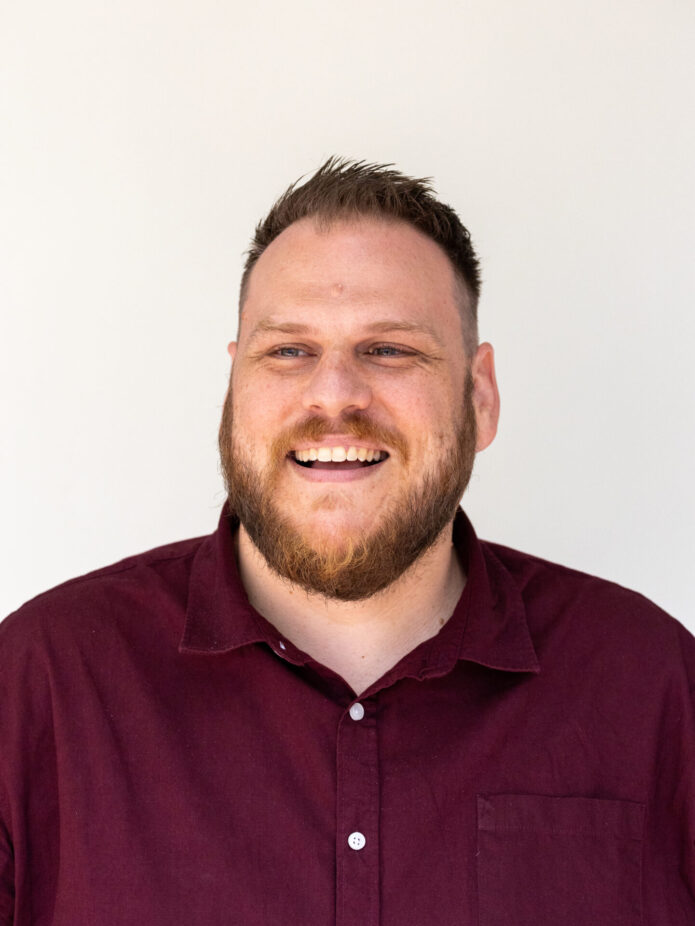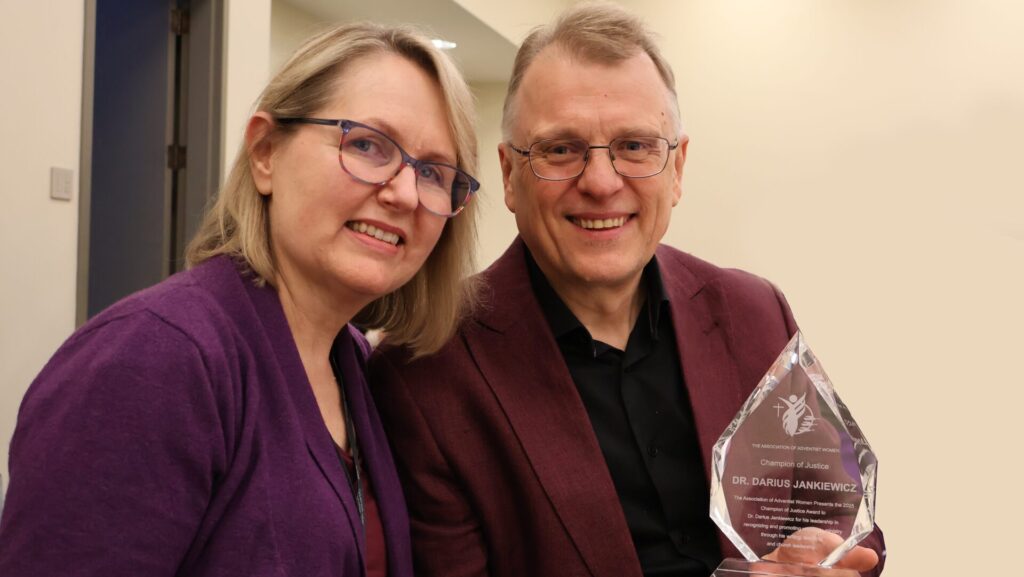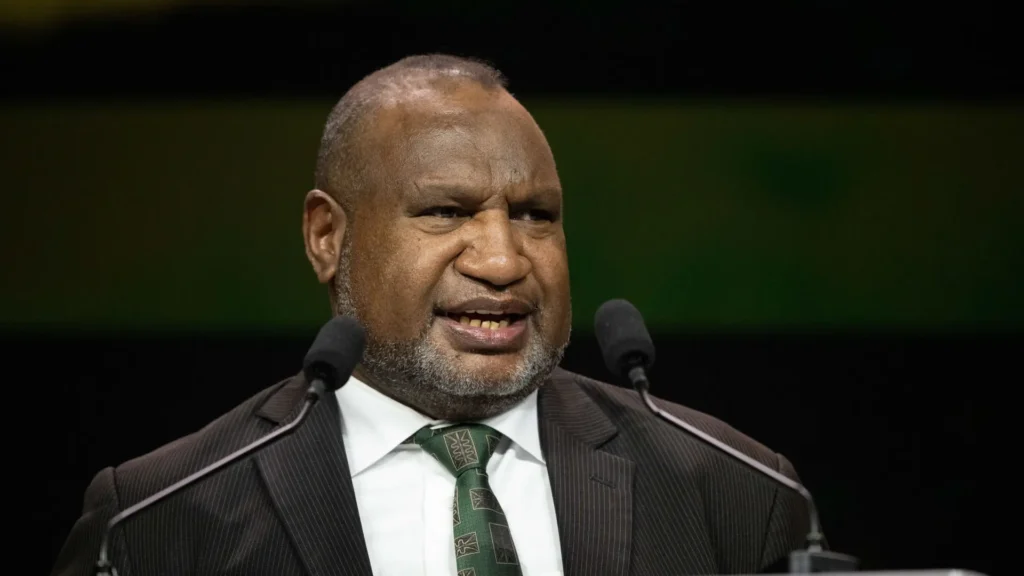Papua New Guinea (PNG) is a beautiful and, in many places, untouched land, filled with steep mountains, fast-flowing rivers and thick tropical jungles. Just south of the equator, PNG has temperate highlands, dry coastal regions, river deltas, numerous islands and hot, humid lowlands. Travel is difficult. Often the only transport is by plane (as highways have not been cut through the rugged terrain) or watercraft (to reach a town with roads that connect the wider world).
Meet Michelle Sawavi Gongogi.
She comes from a remote area on the northern edge of PNG’s tail, separated from the capital by the mountainous spine of the country. Delegates and guests have come to St Louis, Missouri, US, from every corner of the map, but Ms Gongogi made quite a journey to get there and fulfil her role as a delegate.
Ms Gongogi hails from Musa, in the Northern and Milne Bay Mission—one of nine missions and one conference that make up the Papua New Guinea Union Mission.
To get to St Louis, Ms Gongogi took a dinghy (small outboard motorboat) across the bay. From there she took a truck into Popondetta, a large town and the site of the mission office. Popondetta airfield was built during World War II by the US military as one of the easiest airfields to access on the northern side of PNG.
From Popondetta, Ms Gongogi flew to PNG’s capital, Port Moresby, before flying down to Brisbane, Australia, and then a 14-hour flight to Los Angeles, California, US. But Ms Gongogi’s journey was not finished. She then had to fly to Chicago, where, with many other attendees from PNG, she caught a train down to St Louis.
But the road to St Louis was not just physical. Ms Gongogi is the minister of two organised churches and 14 hand churches (a hand church is a group planted from a larger group). They are spread out, and the only way to serve them is to walk.
“Most times I never used to eat,” she said. “I walk from 6am to 6pm in order to get to another village.”
Once she arrives, she runs the program that is on the calendar she prepared at the start of the year. Stewardship programs, retention programs, communion, revival meetings—she must keep to the schedule, as she cannot contact people there in advance, because they may not have internet or phone reception.
If she’s sick, she walks anyway and never misses an appointment.
“It’s the remotest part and the hardest path, but I love the Lord.”
Ms Gongogi has worked in ministry for 10 years; four in remote Musa, the region she is from.
“I love to be with people. I love sharing Jesus with others,” she said. “I love missionary work.”
Those seeds were planted by her father. He was a missionary, and he would take picture rolls out to share Bible stories with people who often couldn’t read. But Ms Gongogi’s parents died when she was five, and she was raised by her uncle. “Looking back to what my parents did, I love sharing Jesus with others, so I grew up with that mindset.”
During PNG for Christ there were 541 baptisms from Ms Gongogi’s region, and she was selected by her mission to attend the General Conference Session.
The session is inspiring Ms Gongogi. “It’s really giving me some kind of strength to go and do more.
“When I hear testimonies, stories about missionaries touching lives, it’s energising me to do more.”
Jarrod Stackelroth is managing editor of Adventist Record and Signs of the Times for the South Pacific Division. He is currently in St Louis working with the Adventist Review team.






